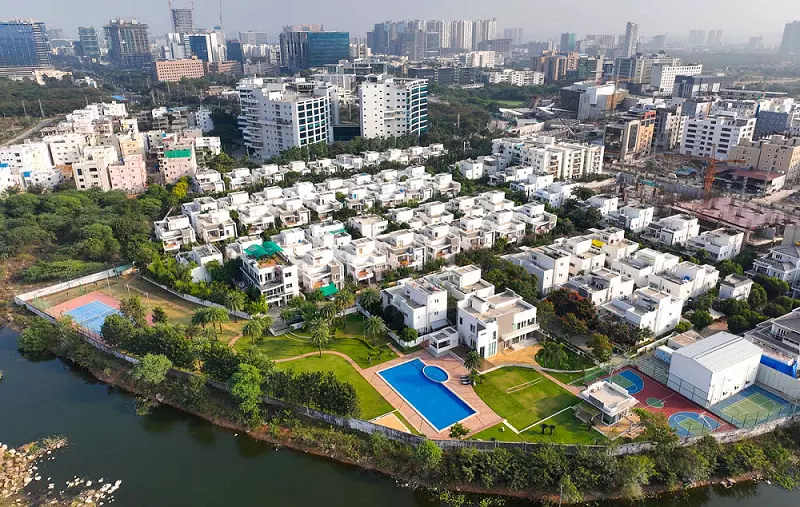Digital economy will be 5th of GDP in 2 yrs: Das
RBI Guv says digitalisation in finance paving way for next-generation banking
image for illustrative purpose

Digital banking is improving access to financial services at affordable costs; and enhancing the impact of direct benefit transfers by effective targeting of beneficiaries in a cost-efficient manner - Shaktikanta Das, Governor, RBI
What’s Driving Digitalisation
- Fintechs are collaborating with banks, NBFCs
- They are also operating platforms to facilitate digital credit
- BigTechs backing payment apps, lending products as third-party service providers
Mumbai: India’s digital economy is poised to constitute a fifth of GDP by 2026 from one-tenth at present, according to a Reserve Bank report released on Monday.
In the foreword of ‘Report on Currency and Finance (RCF) for the year 2023-24’, Reserve Bank Governor Shaktikanta Das emphasised that digitalisation in finance is paving the way for next-generation banking and improving access to financial services at affordable cost. India is at the forefront of the digital revolution, the report said.
The country has embraced not just financial technology (FinTech) by speeding up digital payments but has also celebrated India Stack comprising biometric identification, the Unified Payments Interface (UPI), mobile connectivity, digital lockers and consent-based data sharing. The digital revolution is galvanising banking infrastructure and public finance management systems covering both direct benefit transfers and tax collections, the report said. Vibrant e-markets are springing up and expanding their reach. “It is estimated that the digital economy currently accounts for a tenth of India’s GDP; going by growth rates observed over the past decade, it is poised to constitute a fifth of GDP by 2026,” the report said.
Several enabling forces have come together to energise this revolution. Although internet penetration in India was at 55 per cent in 2023, the internet user base has grown by 199 million in the recent three years. India’s cost per gigabyte (GB) of data consumed is the lowest globally at an average of Rs 13.32 ($0.16) per GB. India also has one of the highest mobile data consumption in the world, with an average per-user per-month consumption of 24.1 GB in 2023. In the foreword of the report, the RBI Governor also said the flagship UPI has revolutionised the retail payment experience for end-users, making transactions faster and more convenient. In the digital currency arena, the Reserve Bank of India is at the forefront with pilot runs of the e-rupee, the central bank digital currency (CBDC). The digital lending ecosystem is becoming vibrant with initiatives such as Open Credit Enablement Network, Open Network for Digital Commerce and the Public Tech Platform for Frictionless Credit.
He said fintechs are collaborating with banks and non-banking financial companies (NBFCs) as lending service providers. They are also operating platforms to facilitate digital credit. BigTechs are backing payment apps and lending products as third-party service providers. “Digitalisation in finance is paving the way for next-generation banking; improving access to financial services at affordable costs; and enhancing the impact of direct benefit transfers by effective targeting of beneficiaries in a cost-efficient manner,” Das said.
He noted that loans in the retail segment are being enabled by online payments and innovative credit assessment models with instant disbursements.

